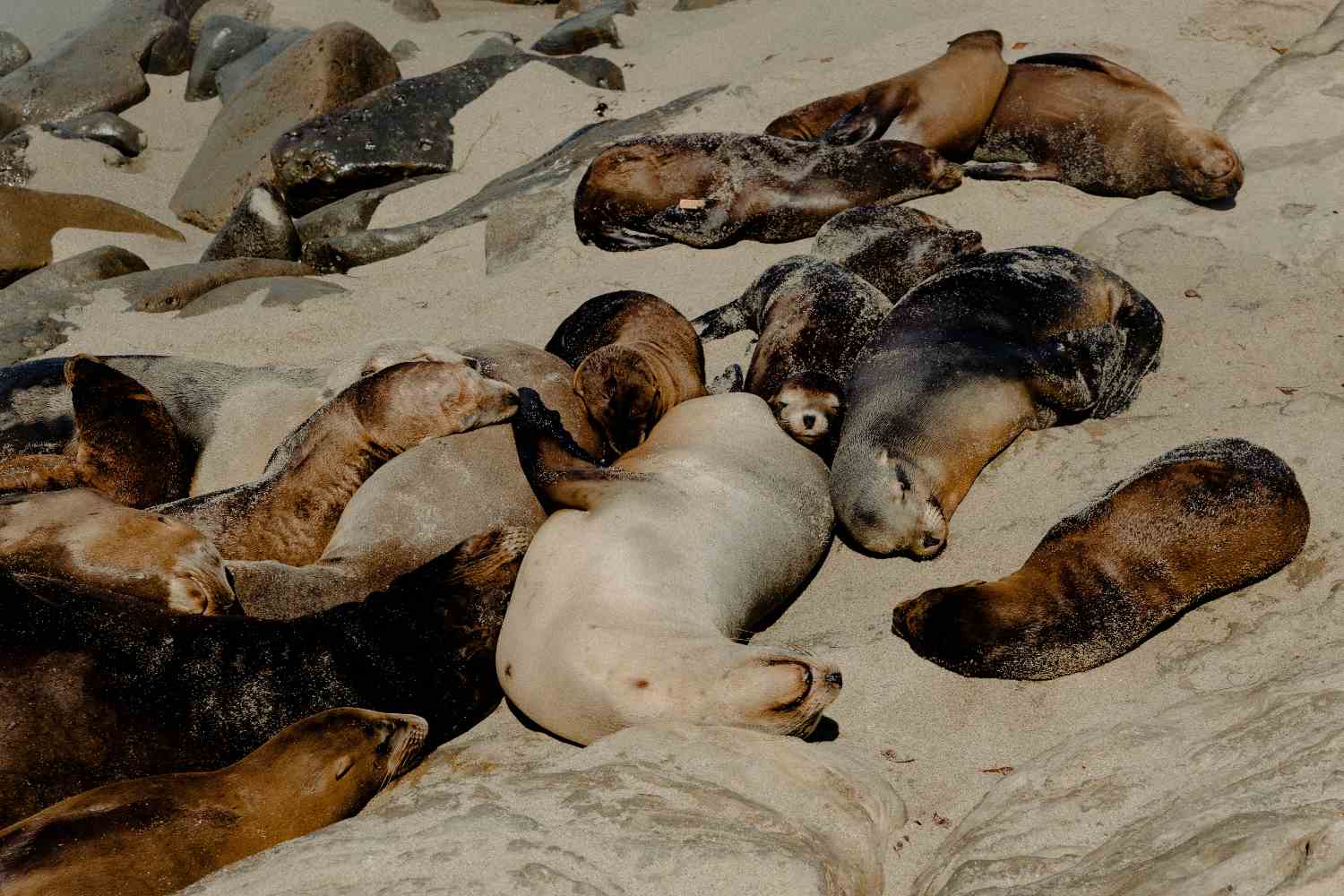In Uruguay, the brutal capture and sale of live sea lions is authorized, with specimens less than a year old ending up in aquariums and zoos, mostly in Asian countries.

@Wendy Wei/Pexels
From April 1 to October 31 each year, Uruguay permits a cruel and barbaric practice: the capture and sale of live sea lions for export. These are the very same animals often seen lounging in the sun at Cabo Polonio or populating the port of Punta del Este, where they become attractions for both tourists and fishermen.
In Uruguay, these marine animals are regarded as a natural resource, akin to fish. According to this logic, the government allows the buying and selling of sea lions, primarily for entertainment purposes. They are sent to aquariums, reserves, and zoos, mostly in Asian countries.
Capture and training of sea lions
The captured sea lions are pups, less than a year old, and have just been weaned. This makes them more adaptable to captivity and subsequent training. In captivity, they must learn to eat dead fish, instead of hunting live prey. They also need to get accustomed to human contact, on which they will depend for feeding and care.
These animals are transported by air under conditions that are deeply shocking. Unlike current practices in other countries—where animals are moved only between zoos or transferred to reserves—Uruguay removes the animals directly from their natural habitat, making this practice even more inhumane.
Traceability is nonexistent
The National Directorate of Aquatic Resources (Dinara) claims that strict protocols are followed to ensure the health of the animals. Private veterinarians and Dinara officials monitor every phase, from capture to transportation. However, given the animals’ fate, these assurances offer little comfort.
Concerns are further confirmed by veterinarian Lourdes Casas from the NGO Socobioma, who states that the export process is opaque: “It is said that they are going to oceanariums, but no one officially confirms it. Traceability is nonexistent.” Socobioma has repeatedly reported that the proceeds from these exports are not reinvested in marine protection programs.
As for the costs and profits, the price paid to the state is 87,000 Uruguayan pesos for each male (approximately $1,880) and 118,000 pesos for each female (around $2,550). However, private buyers resell them at much higher prices: a trained sea lion can sell for up to $23,000. Females, who are less likely to breed in captivity, sometimes reach even higher prices.
A centuries-old trade
The trade of these animals has ancient roots. The first documented hunt occurred in 1515, when sailors under Juan Díaz de Solís killed 66 of them to survive. Over time, hunting evolved and became regulated, but it has always been considered a lucrative economic activity.
In the 1950s, zoologist Raúl Vaz Ferreira imported a sustainable hunting model from the Pribilof Islands (Alaska), prohibiting the killing of females and pups. Since 1991, hunting has been banned, but the live animal trade has taken its place.
Between 2012 and 2019, Uruguay exported hundreds of sea lions, primarily to China (677 in total). Other markets included Thailand, Vietnam, Ukraine, Japan, Indonesia, the Philippines, Myanmar, and Russia. Captures were suspended in 2020 due to the pandemic, and in 2021, only 10 animals were sold. The H5N1 avian influenza virus, which appeared in 2023, worsened the situation, and no export requests were made in 2024.
Source: LA NACION
